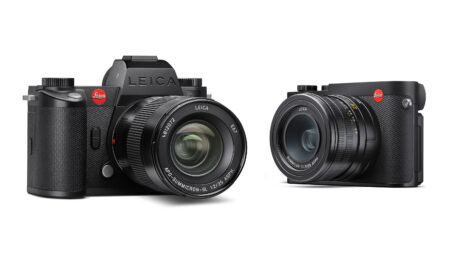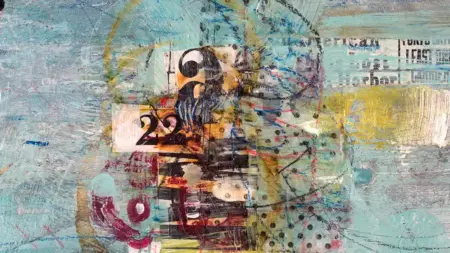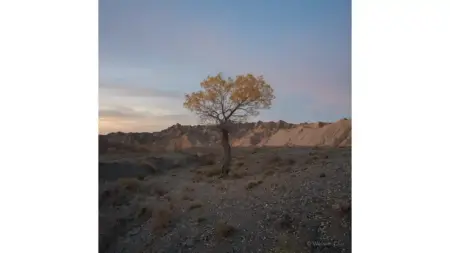On first lifting the Lomo Daylight Developing Tank 35 mm out of the box, it looks much the same as any traditional development tank. Essentially, you have the main canister; inside there you have the film reel and the usual plastic top, but in addition to that, you also have a metal clamp that goes over the top and a system that holds the film and enables you to load the film onto the reel in daylight, but obviously keeping the film in 100% darkness.
The whole unit is well constructed from plastic, and it’s worth laying everything out before you get started to see what’s on offer. You have the tank; inside the tank goes the 35 mm reel to hold the film once it’s dispensed from the canister, then the top screws in, and that top is slightly different to the ones that you would normally see on dev tanks.
In the middle of the Lomo Daylight Developing Tank 35 mm, the cartridge system is placed, and this holds the 35 mm film and enables you to wind the film from the canister onto the reel in daylight. Once that process has been completed, the cartridge containing the canister can be removed, and you can then pour in the chemicals and start the development process.

What’s clever about this cartridge system, first and foremost, is that it enables the film to be removed from the canister and wound onto the film reel, and because the film will be attached to the canister at the end, it also features a small cutting tool, so once you’ve reached the end of the film, you can then activate the cutting tool to cut the end of the film off, so the cartridge can be lifted out. It’s a very neat design.
Once you’ve finished developing the film, give it a good wash under water, then you can lift the film out and hang it out to dry in the usual way. Essentially, it keeps everything nice and secure inside the canister until it’s all washed clean and ready to progress onto the drying and then printing process.










